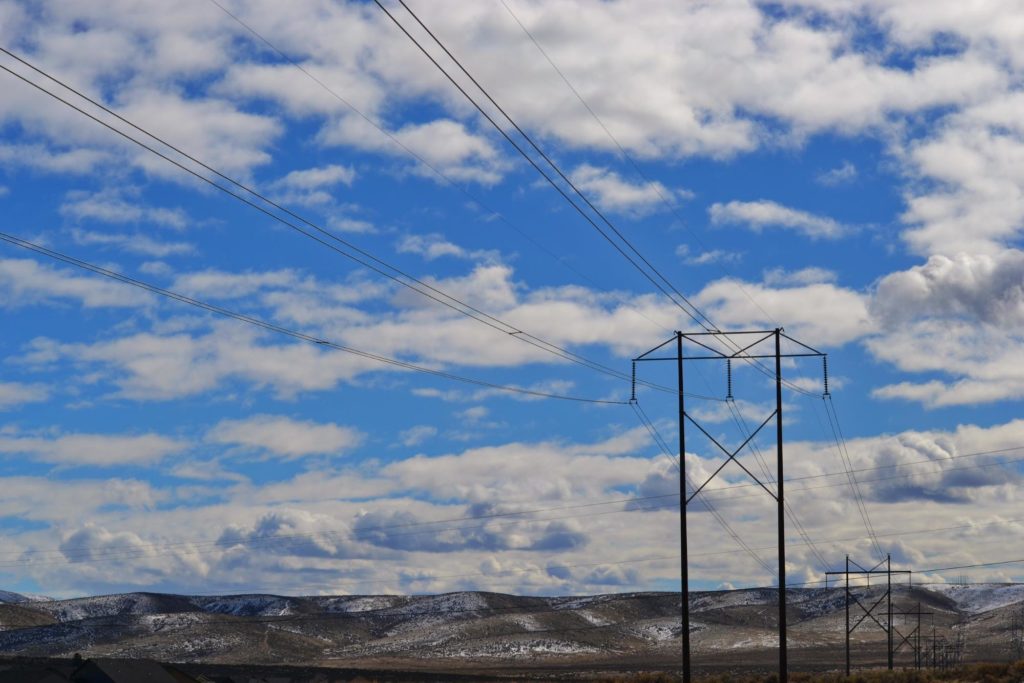
Paying for utilities is a necessary evil. The alternative is to go without power, water, and the basic staples that make life livable. Utilities have a way of adding up quickly, limiting the potential for disposable income.
Fortunately, there are ways to save money on utilities and cut your costs. Here’s a guide to keeping your hard-earned money for yourself while living comfortably.
Compare Providers
Take time to research the various utility providers in your area; you may have more options than you think. If you live in a deregulated state, you can use a comparison tool (there’s one available at EnergyBot’s website) to evaluate what the various energy providers have to offer and take advantage of the competitive market.
If you’re unfortunate enough to be under the thumb of a monopoly, you won’t be able to cut costs by pitting one provider against another. Luckily, there are still other ways to save.
Look for Grants and Incentives
In recent years, there’s been a lot of worldwide focus on climate change, and energy and water consumption habits. Big businesses and utility providers are facing pressure to make changes and reduce the negative impact they have on the environment. This presents an opportunity for you to save costs through their efforts.
Reach out to your utility providers and see what incentives or programs they have for minimizing your consumption. Some providers have a rebate program while others conduct free efficiency audits, identifying ways to cut back and even supplying some of the basic tools (light bulbs and draft protectors, for example). If your provider doesn’t have a program in place, research local government and non-profit initiatives that could help.
Make Smart Swaps
Whether you’re a homeowner or a renter, there are a lot of smart swaps you could make to cut back on your consumption, as well as your utility bills. Replace your toilets or faucets with low-flow alternatives. You can get showerheads and attachments for your sink that infuse the water with air, using less water without detracting from your shower or handwashing experience.
As heat and electricity tend to make up the majority of utility bills, you can replace your current bulbs with energy-efficient ones and invest in a smart thermostat. Smart thermostats allow you to control your home’s temperature remotely or set a schedule that uses less heat while you’re at work or sleeping. Control your water temperature by investing in a tankless heater, delivering you hot water on demand, rather than keeping water hot all day.
Block Your Windows
Windows are great for letting natural light into the home and indirectly cutting back on energy costs that way. However, they are also uninsulated, and thinner than the surrounding walls. If you have older windows, they’re likely a little drafty.
In the colder months, invest in window film to cover your windows and reduce drafts. Additionally, consider hanging thick, blackout curtains in various areas of the home where the cold comes in. These are also beneficial in the summer, as you can close them throughout the day and keep the room cool by blocking out the sun. If you don’t like the look of blackout curtains, there are DIY ways to adhere blackout panels to fit with your decor scheme.
Use Appliances Wisely
One of the easiest ways to make a change to your utility costs is to be more mindful when using your big appliances. When using the dishwasher, skip the rinsing and let the appliance do its job. Spend a little more on high-quality dish soap and rinse agents. White vinegar also does wonders on dishes for those who like a natural approach.
When doing laundry, wait until you have a full load. Wash with cold water whenever possible. Adjust your dryer setting to medium heat rather than high for drastic savings over time. Using a close line or rack is a great alternative to using the dryer; you can always throw the clothes in for five minutes on low heat to fluff them up after.
When using the oven, leave the door closed as much as possible. You can turn the oven off a bit early and let the heat finish cooking your meal. If you’re making small meals, a toaster oven is an efficient alternative, especially in the summer months when you’re trying to keep things cool. In the winter, leave your oven door open after cooking to take advantage of the residual heat.
Saving on utilities requires some outside-the-box thinking and mindful consumption practices. Be smart in your efforts, and they will pay off big time.
You’ll also like to read: Tips for Lowering Your Electricity Bill